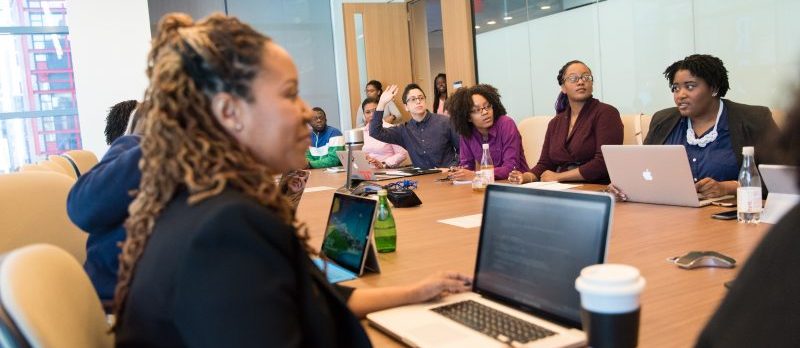On Wednesday, government IT experts at GovLoop’s online training “How Automation Creates Full-Organization Effectiveness” were pleased that over half, or 58%, of respondents said they were not worried about losing their jobs to automation.
Duane Schell, Chief Technology Officer for the state of North Dakota, said he was not surprised. “Is there some fear? Obviously yes. But that’s certainly not the objective,” Schell said, who spoke at the session in Gov’s IT Evolution Virtual Summit.
“The objective is to try and provide better services to citizens and allow employees to play to their strengths for important work,” he added.
Admittedly, the results were a little surprising to Adam Clater, Chief Architect at Red Hat’s North America Public Sector, who thought there would be more pessimism. In the poll, 14% responded they were worried automation might take their jobs.
“But I couldn’t be more excited [or] happier with the results,” Clater said.
Clater’s anticipation of more negative sentiments around automation was not without reason, however. According to Schell, currently, the largest challenge to approaching automation in government is helping people understand “the art of the possible” with automation. It can be difficult to think outside of the status quo and day-to-day functions to identify what is possible with automation. Putting yourself in the future is tough when there is so much to focus on in the present.
However, with clear communication and a clear strategy from leadership, agencies are heading in the right direction. The Treasury Department and NASA are two agencies that powered their deployment of robotic process automation (RPA) through asking what their employees wanted to automate.
Similarly, North Dakota’s automation strategy focuses on providing better services to citizens through eliminating defined, repeatable work that “allows IT talent to work on things that are more interesting to them,” Schell said.
RPA, for example, is helping stitch disparate systems there together so information stored in different places can be brought together smoothly for processes like onboarding, accounts payable processing and case management.
In North Dakota, the art of the possible with automation means expediting transaction times, offering virtual services and eliminating long waiting periods — maybe even getting rid of them altogether.
“The way we think about it is why should anybody have to stay in line at the DMV?” Schell said. “Why can’t we make every government service available on a virtual platform? Why can’t we make it available on a mobile device?”
Is it possible to automate, say, 20% of government? Schell says yes, “We think we can achieve it.”
“When we look at this technology, we are in a spot where this is the slowest pace of change that it will be ever again,” Schell noted. “You need to move fast, but you need to be responsible with that pace.”
The speed at which automation and related technologies change calls for responsible, thoughtful and flexible thinking.
“Whatever you’re building today is probably going to go through a transition, and that transition is probably going to happen sooner than you expect. So set yourself up by intelligently automating,” Clater said.
If you want to attend sessions like this one at future virtual summits, pre-register today!
This virtual summit was brought to you by:




Thanks for sharing, Pearl! Interesting data and fascinating quotes from the speakers